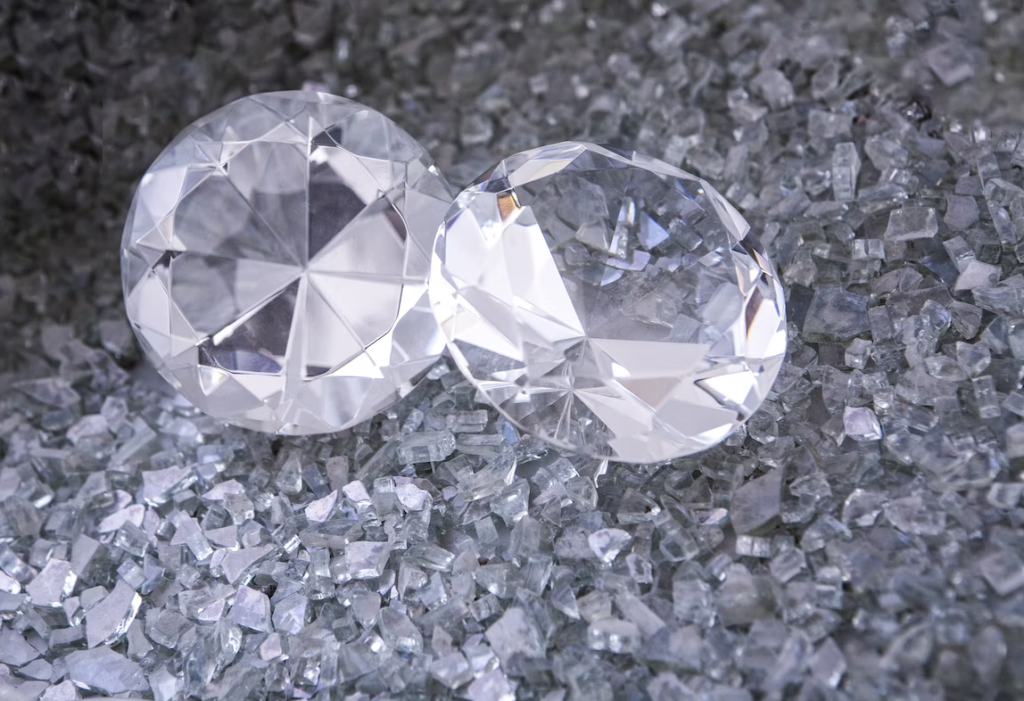There is no shortage of places to cast a line and reel in a catch in Sydney, thanks to the city’s seemingly unending supply of waterways and beaches.
Sydney is fortunate to have access to some of the world’s finest rivers. Thanks to daylight saving time, you can sneak off to the lake after work, catch some fish for dinner, and still make it home (or to the campground) before sundown.

After much thought, I’ve narrowed down my top fishing areas in Sydney to get away for a flick. With so many places to kick back, relax, and wet a line, it’s pretty hard to pick the greatest fishing spot.
Sydney, let’s talk about fishing holes!
6 Best Fishing Spots In Sydney
Sydney has several great fishing spots, both saltwater and freshwater. Here are some of the best spots:
1. Sydney Harbour
Sydney Harbour is one of the most popular fishing spots in Sydney, and it’s easy to see why. With its beautiful views and rich marine life, it’s a great place to spend the day fishing.
Many areas within the harbour are good for fishing, such as:
- The Rocks: The area around The Rocks is known for its bream, luderick, and leather jacket. You can also find squid here.
- Watsons Bay: Watsons Bay is a great spot for fishing for kingfish and salmon. You can also find bream and snapper here.
- Middle Harbour: Middle Harbour is a large area with a variety of fishing spots. You can find bream, whiting, flathead, and luderick here.
- North Head: North Head is a great spot for fishing for kingfish and salmon. You can also find tailor and bream here.
- The Spit: The Spit is a popular spot for fishing for bream, flathead, and whiting. You can also find squid here.
Remember to always check local fishing regulations and obtain any necessary permits before fishing in Sydney Harbour. Also, be mindful of any safety precautions needed while fishing, such as avoiding fishing near ferry lanes or boating channels.
2. Botany Bay
Botany Bay is a large estuary located in the southern suburbs of Sydney, and it’s a great spot for fishing. Here are some of the popular fishing spots within Botany Bay:
- Kurnell: Kurnell is a popular fishing spot located at the southern end of Botany Bay. You can find a variety of fish here, such as kingfish, bream, and flathead.
- Yarra Bay: Yarra Bay is located on the western side of Botany Bay and is a great spot for fishing for flathead, bream, and whiting.
- Bare Island: Bare Island is a small island located off the coast of La Perouse. It’s a popular fishing spot for kingfish, bream, and snapper.
- Henry Head: Henry Head is a rocky outcrop located at the entrance to Botany Bay. It’s a popular spot for fishing for salmon, kingfish, and tailors.
- Taren Point: Taren Point is located at the southern end of the Georges River and is a great spot for fishing for bream, flathead, and whiting.
Remember to always check local fishing regulations and obtain any necessary permits before fishing in Botany Bay. Also, be mindful of any safety precautions needed while fishing, such as avoiding fishing near boating channels or swimming areas.
3. Narrabeen Lake
Narrabeen Lake is a coastal lagoon located on the Northern Beaches of Sydney, and it’s a great spot for freshwater fishing. Here are some popular fishing spots within Narrabeen Lake:
- Jamieson Park: Jamieson Park is a popular spot for fishing for bream, flathead, and bass. The park also has picnic areas, playgrounds, and BBQ facilities.
- Berry Reserve: Berry Reserve is located on the eastern side of Narrabeen Lake and is a great spot for fishing for bream, flathead, and whiting.
- Narrabeen Lagoon Trail: The Narrabeen Lagoon Trail is a walking and cycling path that circles the lake. You can find many fishing spots along the trail, such as the lagoon’s entrance, Middle Creek, and Deep Creek.
- Turimetta Beach: Turimetta Beach is located on the northern end of Narrabeen Lake and is a great spot for fishing for luderick and bream.
Remember to always check local fishing regulations and obtain any necessary permits before fishing in Narrabeen Lake. Also, be mindful of any safety precautions needed while fishing, such as avoiding fishing near swimming areas or boat ramps.
4. Hawkesbury River
The Hawkesbury River is a beautiful waterway located north of Sydney, and it’s a great spot for fishing. Here are some popular fishing spots within the Hawkesbury River:
- Dangar Island: Dangar Island is located in the middle of the Hawkesbury River and is a great spot for fishing for bream, flathead, and whiting.
- Bar Point: Bar Point is located on the southern end of the Hawkesbury River and is a popular spot for fishing for bream, flathead, and luderick.
- Wisemans Ferry: Wisemans Ferry is located at the upper end of the Hawkesbury River and is a great spot for fishing for bass, bream, and catfish.
- Spencer: Spencer is located on the northern end of the Hawkesbury River and is a popular spot for fishing for flathead, bream, and whiting.
- Brooklyn: Brooklyn is located at the entrance of the Hawkesbury River and is a popular spot for fishing for kingfish, bream, and flathead.
Remember to always check local fishing regulations and obtain any necessary permits before fishing in the Hawkesbury River. Also, be mindful of any safety precautions needed while fishing, such as avoiding fishing near boating channels or swimming areas.
5. Pittwater
Pittwater is a beautiful estuary located on the Northern Beaches of Sydney, and it’s a great spot for fishing. Here are some popular fishing spots within Pittwater:
- Barrenjoey Headland: Barrenjoey Headland is located at the entrance of Pittwater and is a popular spot for fishing for kingfish, bream, and tailors.
- The Basin: The Basin is a sheltered cove located on the western side of Pittwater and is a great spot for fishing for bream, whiting, and flathead.
- Palm Beach: Palm Beach is located on the eastern side of Pittwater and is a great spot for fishing for luderick, bream, and flathead.
- Towlers Bay: Towlers Bay is located on the northern end of Pittwater and is a popular spot for fishing for kingfish, bream, and tailors.
- Careel Bay: Careel Bay is located on the western side of Pittwater and is a great spot for fishing for bream, flathead, and whiting.
Remember to always check local fishing regulations and obtain any necessary permits before fishing in Pittwater. Also, be mindful of any safety precautions needed while fishing, such as avoiding fishing near swimming areas or boat ramps.
6. Georges River
The Georges River is a beautiful waterway located south of Sydney, and it’s a great spot for fishing. Here are some popular fishing spots within the Georges River:
- Lugarno: Lugarno is located at the upper end of the Georges River and is a popular spot for fishing for bream, flathead, and whiting.
- Oatley Park: Oatley Park is located on the western side of the Georges River and is a great spot for fishing for bream, flathead, and whiting.
- Como: Como is located in the middle of the Georges River and is a popular spot for fishing for bream, flathead, and tailors.
- Tom Ugly’s Bridge: Tom Ugly’s Bridge is located at the lower end of the Georges River and is a great spot for fishing for luderick, bream, and trevally.
- Georges River National Park: The Georges River National Park is located along the Georges River and offers many fishing spots, such as the Riverwood Wetlands and the Yeramba Lagoon.
Remember to always check local fishing regulations and obtain any necessary permits before fishing in the Georges River. Also, be mindful of any safety precautions needed while fishing, such as avoiding fishing near boating channels or swimming areas.
Conclusion
Sydney and its surrounding areas offer a wide variety of fishing spots for anglers of all levels of expertise.
From the freshwater fishing opportunities of Narrabeen Lake to the beautiful estuaries and waterways of Pittwater, Georges River, and Hawkesbury River, there are plenty of options to choose from.
Each location offers a unique fishing experience, with opportunities to catch different species such as bream, flathead, whiting, and kingfish.
Before fishing in any of these areas, it is important to check local fishing regulations and obtain any necessary permits to ensure a safe and enjoyable fishing experience.
For more information, read about the best fishing spots sydney.









